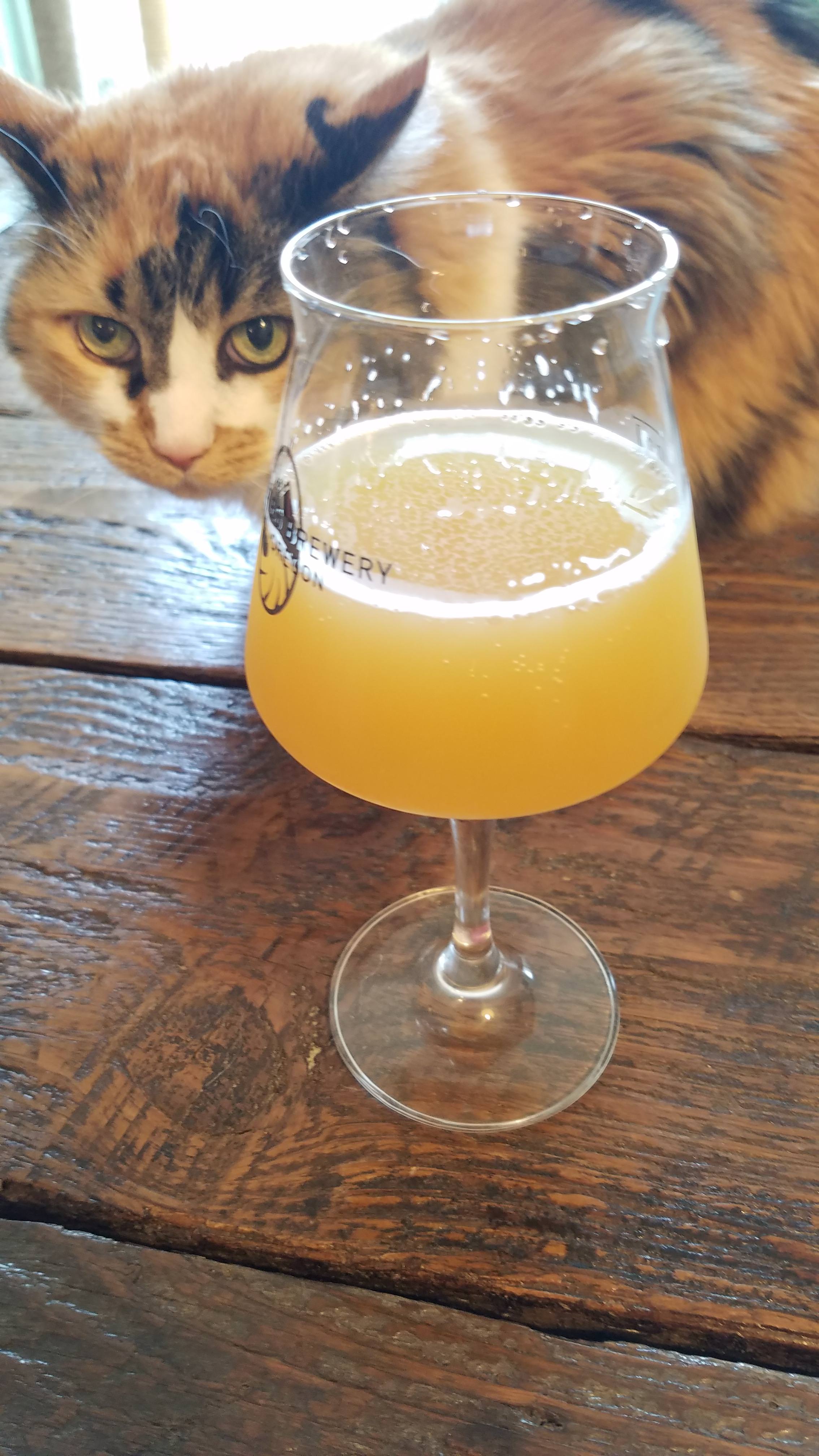I finally got around to brewing this (scaled down recipe based on recipe in post
#123, used Imperial Barbarian yeast) on Sunday.
I had lousy efficiency in my mash so ended up topping up with about half a pound of dry extract, might mess with the resulting beer a bit, but I'm hoping not by too much.
Pitched yeast Sunday evening, and it was starting to rock and roll Monday morning, and today is going strong.
Plan is to dry hop tomorrow evening.
Question about the dryhopping... I plan on hopping using a large bag to dryhop in, for ease of removing the hop debris.
From what I understand of this style, ideally I'd probably be looking at packaging the beer around day 10 or so.
But, due to my day to day schedule, I likely wouldn't be able to do so until day 14 (assuming it's finished).
Given that, am I ok leaving the dryhops in until packaging, or should I remove the hops after by the end of day 10-ish? Or will it make a difference?
I've read some conflicting info about dryhopping too long changing up the flavour profile, and I more or less have come to the conclusion that normally I probably wouldn't really notice the difference... but with a large dryhop dosage like this, I wonder if it might matter more.







